Welcome back to ‘But Make It Accessible’ – my new series where I talk to brands who are working to make fashion more inclusive! This week I had the opportunity to speak with the Emma McClelland of Kintsugi Clothing.
I don’t quite remember how I first came across Kintsugi Clothing, but I absolutely remember seeing their disabled pin-up t-shirts on Instagram and knowing that even though I rarely wear t-shirts, I loved seeing a style I so often scroll past on my feed with disability reputation, so I was curious to learn more about the brand.
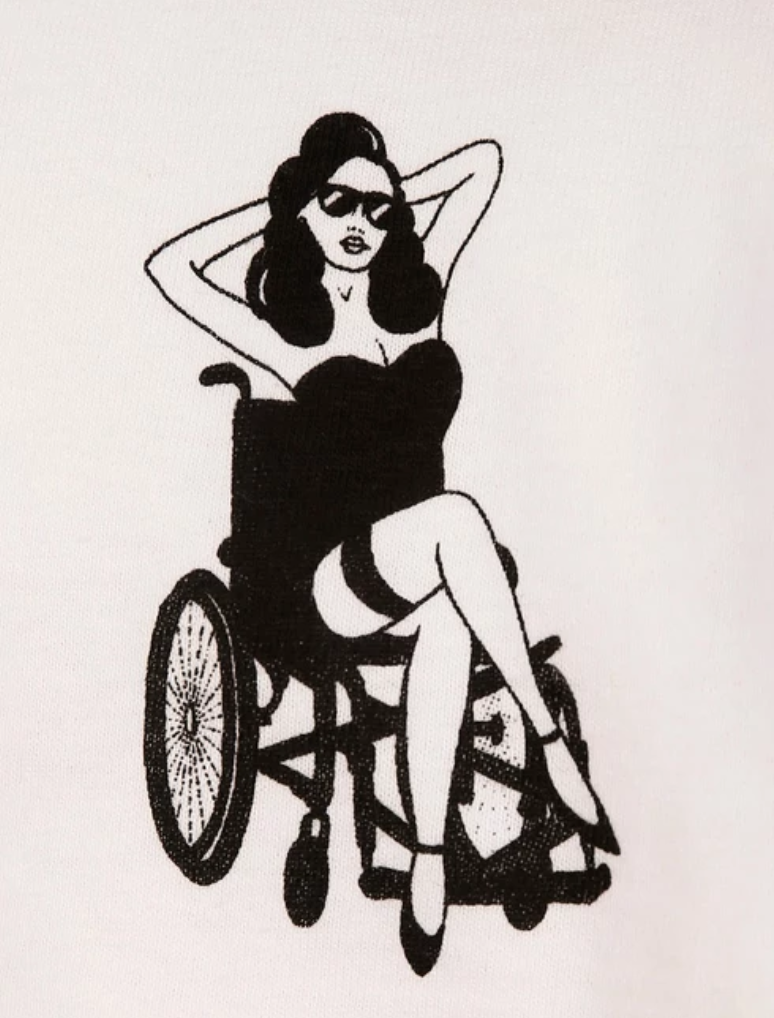
Emma did very kindly send me a skirt and top to try, which unfortunately did not suit me. This has no bearing on the brand, but I think speaks to a wider thing we need to remember when we talk about inclusive clothing: personal style. It’s great to hear how open so many of the brands I speak to are about listening to what people want – and I’m excited to see what comes in the future.
What do we need to know about Kintsugi Clothing?
Kintsugi is a new women’s clothing brand that designs universally to make sure its collections are inclusive. We do this by using suggestions from across the disabled community to make sure that each item is accessible and useful – as well as fashionable.
Our clothes can be worn by anyone, disabled or not, but have ‘value-add’ features that may benefit those with certain impairments.
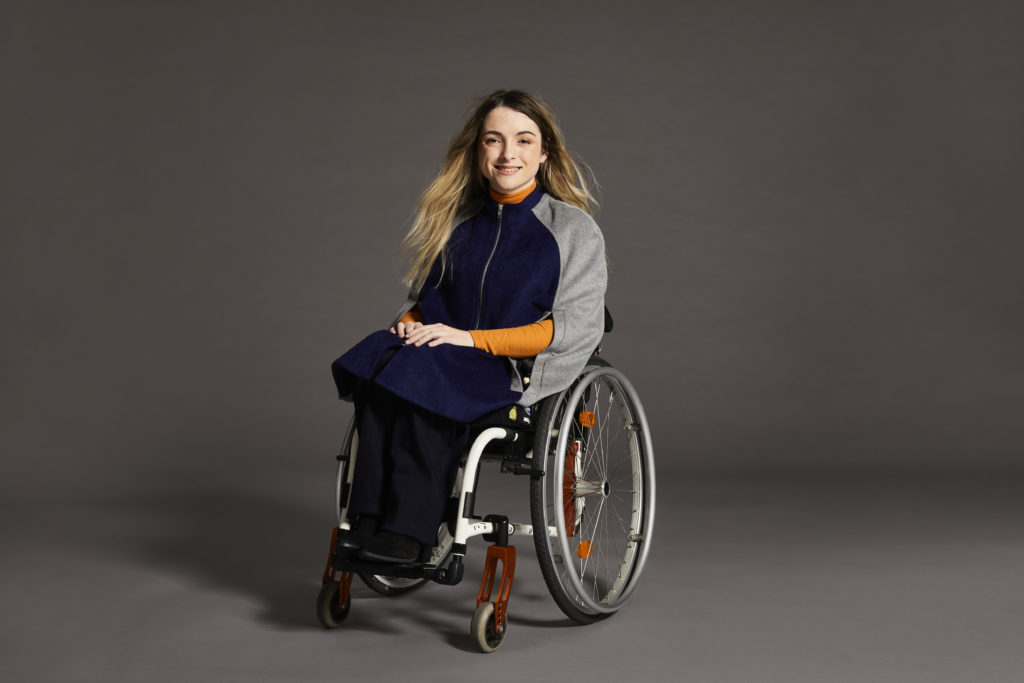
Concealed magnetic fastenings instead of fiddly buttons, for example, help those who are visually impaired or have dexterity challenges, while pockets located lower down the leg are more accessible when in the seated position. We try to pack each item with utility, so as many people as possible can enjoy them.
Why ‘Kintsugi’?
Kintsugi is the Japanese art form of mending broken pottery with gold. The visual results of this are stunning and the process actually adds value, reminding us that the scars we pick up (literally or metaphorically) during our lives don’t make us ‘less than’ – they make us who we are. They make us unique.
Can you tell me a little bit about your background and why you decided to start Kintsugi?
My background is in writing. I started out as a features writer for a luxury lifestyle publication and then went on to the communications team at a technology company. After that, I joined the content marketing team at a magic circle law firm – as an editorial manager.
It was about two years into that job that I came across a TED Talk by Stephanie Thomas, a disability fashion stylist. She made me aware of the way fashion brands fail to see disabled people as valuable consumers, and demonstrated that – through small design tweaks – you can easily make clothing more inclusive and accessible. I was fascinated and it set the cogs in motion.
Can you tell me a little bit about the clothes in your range and the process that went into designing them?
The design process initially involved a lot of discussions with people across the disabled community, as well as occupational therapists. I then worked with a freelance fashion designer to go about incorporating as many of those suggestions as I could into the ten items we initially created. The main collection is a ‘capsule’, encompassing ‘wardrobe staples’ like a little black dress, a jumpsuit, a dressy top and jeans – but all with a bit of a difference.
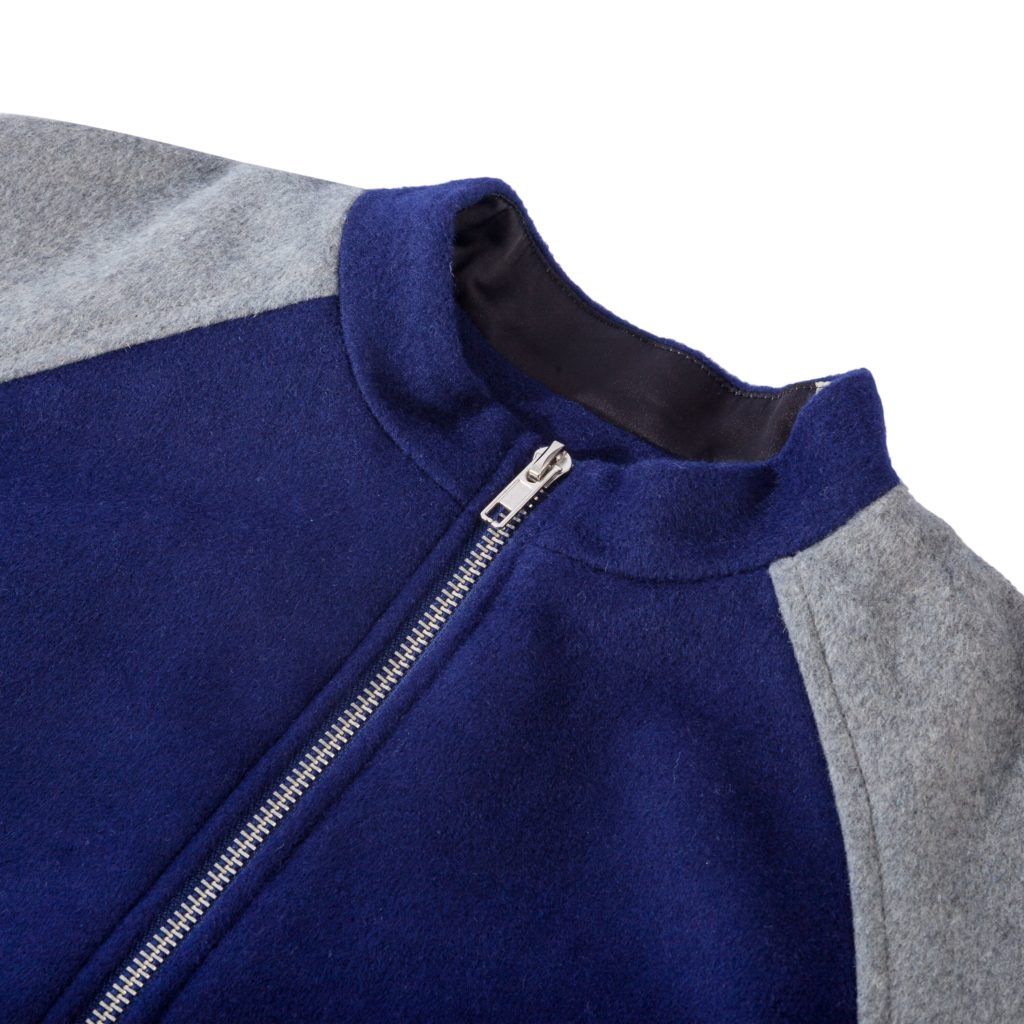
I’ve mentioned the top with the magnetic fastening, but the dress comes in two pieces and has concealed openings at the shoulders to provide access to port-a-caths or IV lines. The sleeves are floaty and fluted to ensure freedom of movement for women in self-propelled wheelchairs, while the skirt (a pencil style) has a concealed side Velcro fastening to make it easier to get into.
The design process has been more complicated than it would have been for clothing that simply serves to look good, because we’ve had to get utility into each piece as well. Utility also equals additional cost. But without these things we’d just be like any other clothing brand. It’s a delicate balance.
What are your favourite items in the range and why? What were you most excited about designing in an accessible way?
I’m a massive fan of our newest collection of t-shirts. It wasn’t what I initially set out to do (they’re not “adaptive”, but depict pinup girls with physical impairments, such as a rockabilly girl with an ostomy bag and a fifties style girl with a cane) but they’re about empowerment and representation, and that’s what I love.
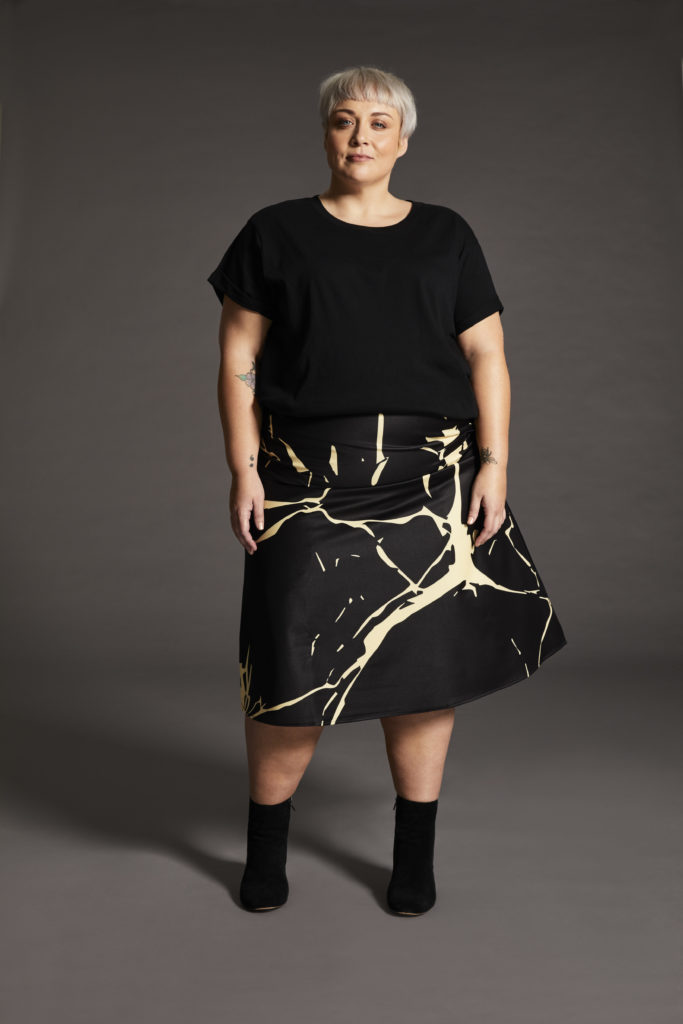
In terms of what I was most excited to design accessibly – I’d say the kintsugi print skirt. The idea was to have two really deep front pockets – one of which has a discreet hole through the lining. We wanted for women with a catheter bag to be able to place the bag in the pocket and pull the tube through the lining, removing the need for a leg bag. But we also realised that the pockets are just super useful in general and can accommodate medical devices such as Epi-Pens (or even just your phone/keys etc.).
Can you tell me more about the t-shirt and skirt you sent me?
The ‘seated pinup girl tee’ depicts a fifties style pin-up in her wheelchair, looking both sexy and confident. She was designed by Kintsugi in collaboration with graphic designer Rich Fairhead, whose style I absolutely love.
The Sally skirt is named after Sally Darby, the founder of a network for disabled mothers, called ‘Mums Like Us’. It’s dusky pink, really floaty and has pockets and a comfortable waistband for days when you feel bloated or want that extra support around your tummy. And, as with all our clothes, there are no internal labels, so there’s no skin irritation.
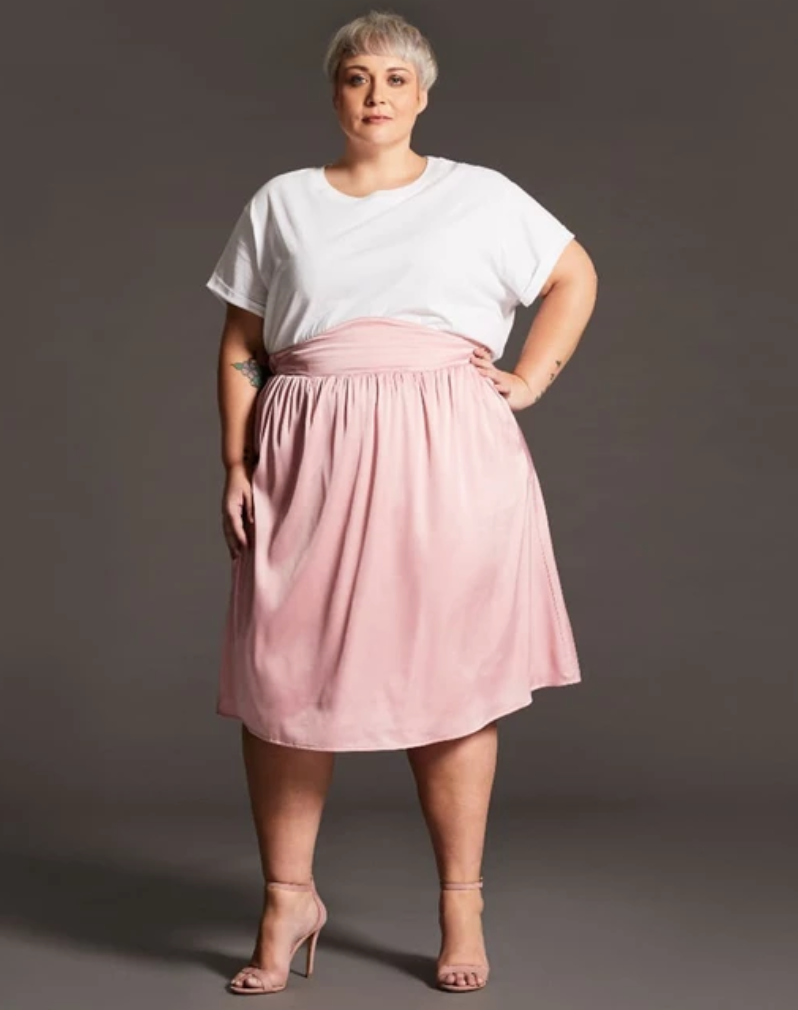
What has the response been to your clothes?
It’s been really positive, overall. All we need to do now is get it out there to more people, as we’re still not that well known.
Why do you think more mainstream brands aren’t including accessible design as part of their general ranges?
I think mainstream brands are being very slow to take up accessible design because it’s pioneering – not a tried and tested way of making profit for them! However, I do think a few of the big players will try it out in the near future, simply because the calls for it are becoming much louder.
What can we expect from Kintsugi in the future?
I’m keen to expand the women’s range and then test out menswear. We’ve had lots of ideas sent our way, so we’d love to make some of them a reality.
You can learn more about Kintsugi clothing by visiting their website here.
If you like this post, please consider subscribing to my newsletter, and helping me become less dependent on the bloody Instagram algorithm!

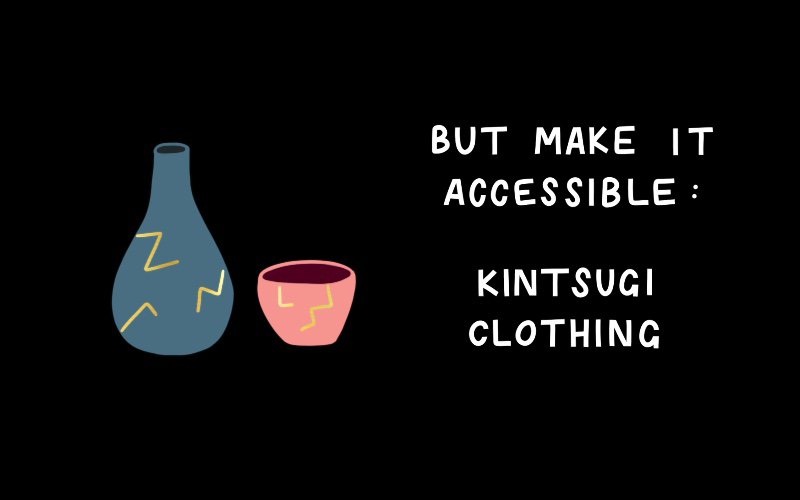
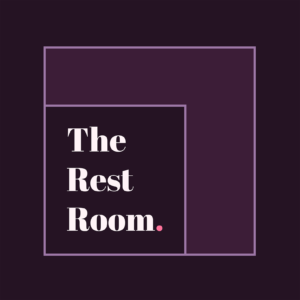
2 thoughts on “But Make It Accessible: Kintsugi Clothing”
I think that it is a good idea to make clothes for people with disabilities because so people might have difficulty buttoning their clothes or even zippering them. Comfortable clothing is the best.
I am an older male (I like to think of myself as a tribal elder). I wear magnetic button shirts from the American company, Magnaready.